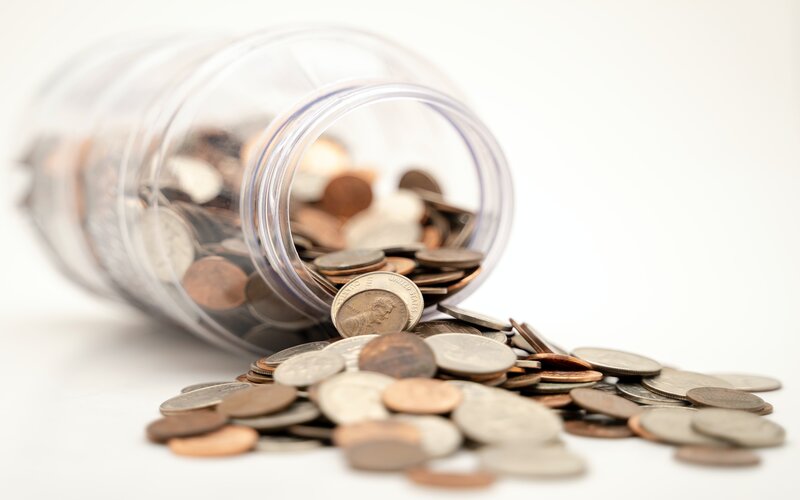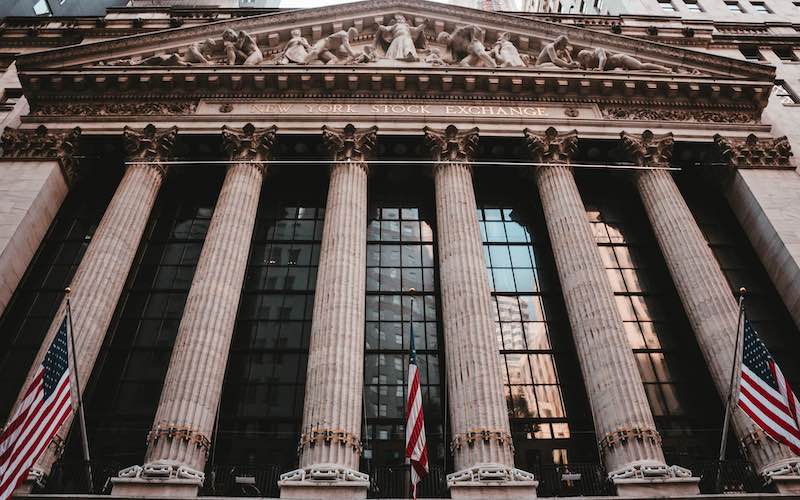The central bank has raised the nation’s official cash rate 12 times since May 2022, bringing it to 4.1% as of the time of writing – an 11 year high.
Australians with a mortgage are likely among those hit hardest. The cost of an average home loan has soared in recent times.
Many are putting the blame on RBA Governor Philip Lowe who, in 2021, seemingly promised rates would remain at record lows until next year.
Since then, inflation has rocketed, unemployment has tumbled, and eyes have been drawn to wages. Those factors inspired many of the dozen hikes, and they’re what will likely see rates eventually slashed.
Why the cash rate matters
But the cash rate – the factor the RBA controls – isn’t the same as interest rates.
Instead, it determines how much banks have to pay to borrow money from each other (and from depositors).
Thus, higher rates are good news for those with cash stashed away in a savings account – it sees banks paying them more interest.
However, banks and lenders typically pass much of the resulting costs onto those borrowing from them: Holders of mortgages, car loans, and other debt. They do so by lifting the interest rates they charge.
That’s why the repayments on your home loan (if you have one) have probably increased in recent times.
Of course, there are many variables in this space. For instance, if a person has a fixed-rate home loan, they might not bearing any additional burden right now.
That’s the general gist of how the cash rate impacts interest rates, and how they impact everyday Aussies.
What will make the RBA lower interest rates?
There are three main data points the RBA is keeping a close eye on. Certain changes in the trio could herald an upcoming rate cut.
#1. Inflation
The first is inflation. The I-word has been hard to avoid in the last few years – and for good reason.
When inflation kicks in, the cost of goods and services goes up at a faster rate. That means it impacts most parts of the economy in some way or another.
The consumer price index (CPI) is how we measure inflation down under. It’s published each quarter by the Australian Bureau of Statistics (ABS), while a smaller update is released on a monthly basis.
It tracks the price of a fixed basket of goods and services, with the major takeaway often being the amount the cost of said basket has risen over the prior 12-months.
The most recent quarterly inflation data saw CPI rising 7% over the year to March.
Fortunately, the RBA thinks inflation has now peaked. But it’s still notably higher than the central bank’s target range of 2% to 3%.
That sweet spot is where the RBA thinks inflation needs to be to maintain a strong economy, full employment, and wage growth.
Unfortunately for debt holders right now, the central bank only really has one tool to bring inflation down – rates.
The idea is, when rates are raised, the average punter is left with less cash to spend. Thus, demand for non-essential items drops, taking prices with it.
While things aren’t always so simple, if a person is keen to see interest rates fall, they might choose to keep a close eye on CPI.
#2. Unemployment
The next figure to keep an eye on is unemployment. Typically, the unemployment rate and inflation move in opposite directions.
That’s because, to put it simply, the more people with jobs, the more money there is flying around the economy to drive prices higher.
Low unemployment also tends to drive wages higher as competition for workers heats up. That tends to boost inflation.
Conversely, high unemployment generally drives wages down. But it also can significantly impact the wellbeing of those who find themselves involuntarily out of work.
While unemployment and inflation don’t always track in opposite directions in practice, the RBA will be keeping a close eye on unemployment when pondering rate changes.
The central bank currently thinks around 4.5% could be the unemployment sweet spot. Right now, the figure is sitting at 3.6%, according to ABS data.
Balancing inflation and unemployment is a tough gig. Ultimately, the RBA is happy to slowly return inflation to target so as to preserve more jobs, according to Deputy Governor Michele Bullock.
“A faster return to target would likely mean more job losses in the short term,” she said.
“Our judgement is that if we can return inflation to target in a reasonable timeframe – while preserving as many of the employment gains as we can – that would be a better outcome.”
#3. Wages
And that brings us to wages or, more accurately, wage growth. While rising wages might sound great to the average Aussie, it can make things complicated for the central bank.
The RBA will be keeping a close eye on wage growth since it has the potential to create ‘sticky’ inflation. Particularly, if productivity doesn’t increase alongside.
If that happens, companies will likely pass on the higher cost of labour to consumers by lifting prices, which could feed inflation and keep it around for longer.
Wages grew 3.7% over the year to the March quarter, according to ABS data.
“The board will continue to pay close attention to trends in productivity growth and their implications for the sustainable rate of growth in nominal wages,” Governor Lowe said earlier this month.
When will the RBA cut rates?
I wish I knew when rates will fall but, alas, I cannot see the future. And neither can experts.
Though, economists and analysts can have a better stab at when rates might be cut than most.
Many of those clever people belong to Australia’s big four banks, and they appear to be in relative consensus on the peak of the cash rate.
Three of the four tip it to reach a high of 4.6% in August. CommBank is the outlier, predicting it to peak at 4.35% that same month.
Interestingly, however, their opinions differ when it comes to the topic of rate cuts.
-
CommBank is out in front, forecasting the RBA to start dropping rates in the first three months of 2024 and to fall 125 basis points to 3.1% over the course of the year.
Meanwhile, NAB, ANZ, and Westpac each think rate cuts will kick off in around the middle of next year.
-
NAB tips the cash rate to drop to 3.1% by the end of 2024
-
ANZ predicts it will fall to 3.35% by mid-2025
-
Westpac thinks the cash rate will be lower than 3% by the end of 2025
Will interest rates go up in July?
The RBA board will meet again tomorrow to make its monthly cash rate decision.
For the most part, the big four banks are expecting the cash rate to be lifted another 25 basis points to 4.35% next week. Commbank is, again, the exception.
The market, on the other hand, appears to think a pause is on the cards.
The RBA Rate Indicator – provided by market operator ASX – shows that, as of 29 June, slightly more than 70% of the market is expecting rates to remain at 4.1% next week.
The remaining portion of traders appear to agree with the banks, forecasting a 25 basis points hike.
Advertisement
Buying a home or looking to refinance? The table below features home loans with some of the lowest interest rates on the market for owner occupiers.
Image by Joshua Hoehne on Unsplash.







 Hanan Dervisevic
Hanan Dervisevic













